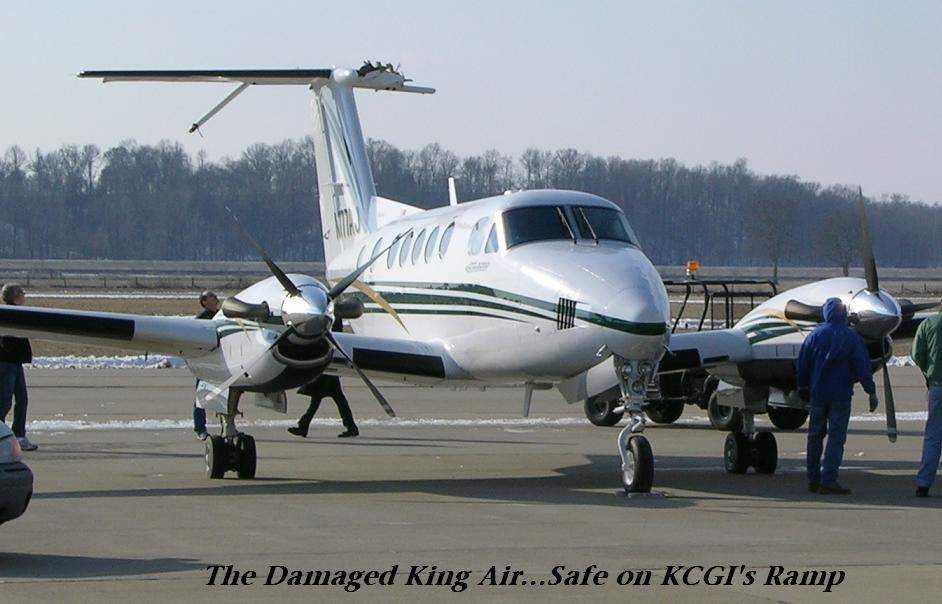To the OP. This is a tough forum for newcomers. They **** and **** on everyone. I know your question is genuine, so because I'm the only decent human being on this board, I'll answer:
No, it's not possible to turn in 40m, not even a Cub could do that. But if you make it a VTOL fighter that can slow down, then it could be done. Another scenario is: If you have very tall buildings, it's possible theoretically to do an Immelman-turn. Say he comes in slow and low, really slow, hits afterburners/max power and pulls the stick back and rolls out of inverted at the top. If the buildings around him are high enough, it's possible that could be done. Possible.
Something to keep in mind. In tight canyon turns and mountain flying, it is possible to trade altitude to increase the turning radius by descending heavily in the steep turn. That's why experienced mountain pilots fly as high as they can and to one side of the mountain/slope, never in the center, in case they come to a dead end and need to turn back.





